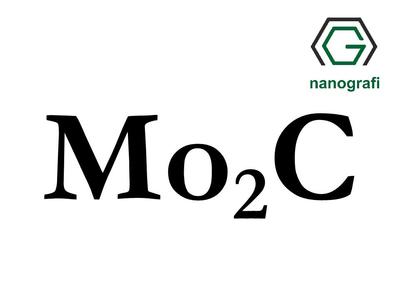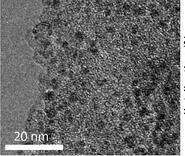General Information about Molybdenum Carbide

Molybdenum Carbide is a chemical compound which consists of Molybdenum metal and Carbon. This compound has very high melting point which is 2690 oC. The compound is in white powder form at room temperature.
Applications of Molybdenum Carbide Nanoparticles/Nanopowder

Molybdenum Carbide nanoparticles/nanopowder have high hardness, good thermal and mechanical stability, and excellent corrosion resistance. By these properties of Molybdenum Carbide nanoparticles/nanopowder are good choice to be used as coating material and as additive. For the applications desired high chemical resistance Molybdenum Carbide nanoparticles/nanopowder are useful. Since Molybdenum Carbide nanoparticles/nanopowder are hard materials, they are used in tool bits for cutting tools.
Technical Properties of Our Molybdenum Carbide (Mo2C) 99.95%, 2.6 um, Hexagonal Product
| Purity (%) | 99.95 |
| AVERAGE PARTICLE SIZE (um): | 2,6 |
| Color | dark gray |
| Density (g/cm3) | 9,20 |
| Melting Point (°C) | 2690.0 |
You may order Molybdenum Carbide (Mo2C), 99.95%, 2.6 um, Hexagonal from the link given below:
Comments
Post a Comment